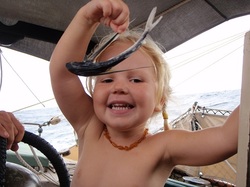
A young fisherman, Jose was our guide. He took us up to the poor little village which contained just the minimum to call it a village– a couple bars and a store that seemed to sell not much more than raman noodles and biscuits. It was Christmas day and Jose insisted I try the various rums made from the sugarcane in the fields around the village. In the Cape Verdian creole they call it “grog” which I guess must be a hold over from visiting sailors of another era. To return to Vixen we walked back through the cane fields. Soli requested some sugarcane for our trip and Jose hacked off a bundle of cane which we nibbled on all the way to Barbados. Deep in a valley below the village we came apon a grog still and an old cast iron sugar press. Here the grog sampling continued while I yammered away in Portuguese with the distillers. For me it was interesting to make comparisons between Cape Verde and the Azores: Similar food and Portuguese heritage but Cape Verde has a fascinating Brazilian and African influence. Both the Azores and Cape Verde have strong connections to the USA with emigrants sending back money to the poor island communities.
At the bottom of the valley we could see Vixen but we couldn't get past the sheer cliffs to our dingy. No matter, Jose dove in and arrived a few minutes later with the dingy which he then jumped out of so we could get in and go back to Vixen.
On the 26th we spent the day preparing Vixen and left in the evening for the 2,034 mile trip to Barbados. We had plenty of wind, from 10 to 30 knots the whole way. We hardly saw any other ships. It always amazes me how crowded we are on land but at sea we can sail for week after week without any sign of humans.
The fishing was good: I landed several mahi mahi which bolstered our somewhat meager provisioning in Cape Verde and Senegal. The most exciting catch was a big mahi that vomited an eight inch flying fish down Vixen's companionway and onto Solianna's head as we brought it on board. Every morning I would clear the decks of flying fish which had flown aboard during the night. Sometimes I would eat one for breakfast.
Tiffany and I settled into a new watch system of five hours on and five off during the night. I would have the 9pm to 2am watch and then Tiffany would take it to 7am. We both managed to read Dumas' 1,500 page Count of Monte Cristo on the night watches. I listened to my favorite podcast – The Thomas Jefferson Hour and perhaps a few too many Fresh Air radio programs -- I started to dream that the host, Terry Gross, was one of Vixen's crew.
http://www.jeffersonhour.com/
When we finally sighted land on the 18th day Tiffany and I were ready to be ashore. We dreamed up increasingly fantastical mirages of what we would do – large salads and cold beers and toes in the white sand. The two girls, however, seemed happy to just carry on. Seffa really had little interest if we ever got to land. Until I mentioned ice cream – that got them going.
The biggest problem on the voyage was that it appears we are ready for a new mainsail. It ripped during a jibe and we had to lower it for a couple of hours while I stitched and patched it. We were hoping it would get us home to the northwest but I think it has just seen one two many oceans.
I feel lucky to be in Barbados because it is so hard to get here from the US and the rest of the Caribbean islands which lie downwind. This weekend is the Mount Gay Rum round the island race. First prize is the skipper's weight in rum. Gotta love the Caribbean!
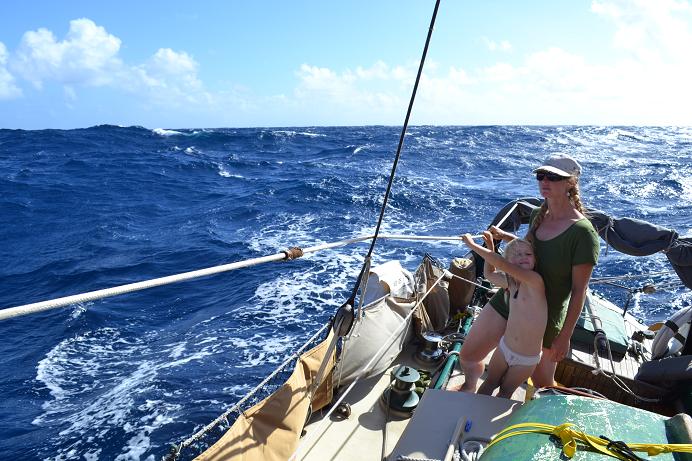
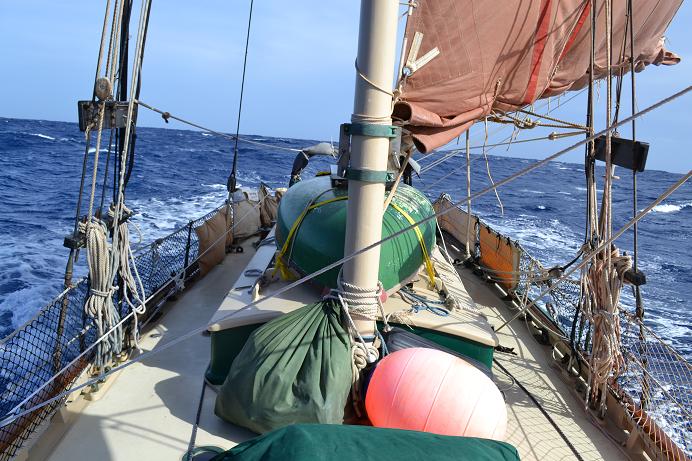
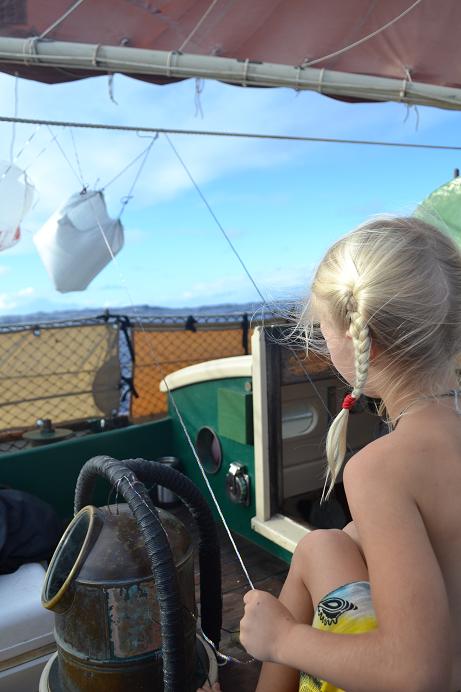

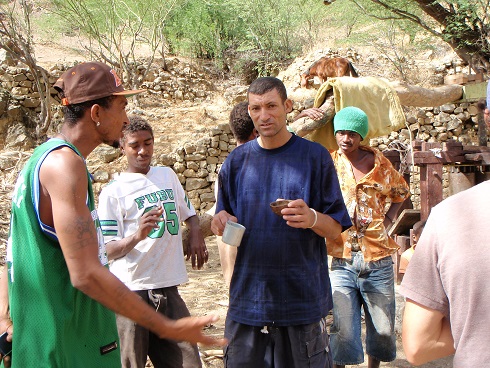
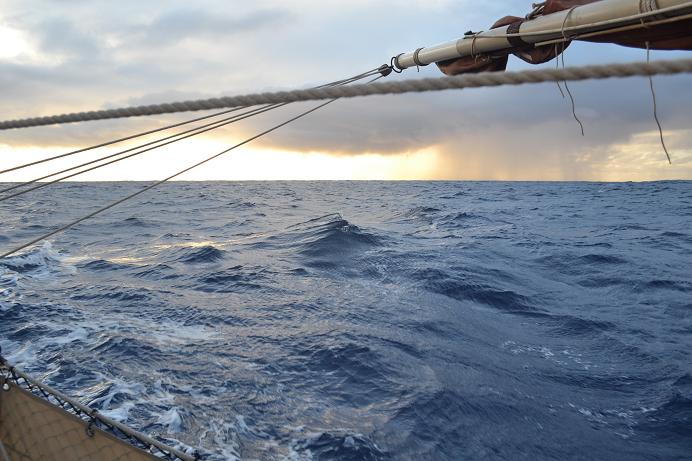
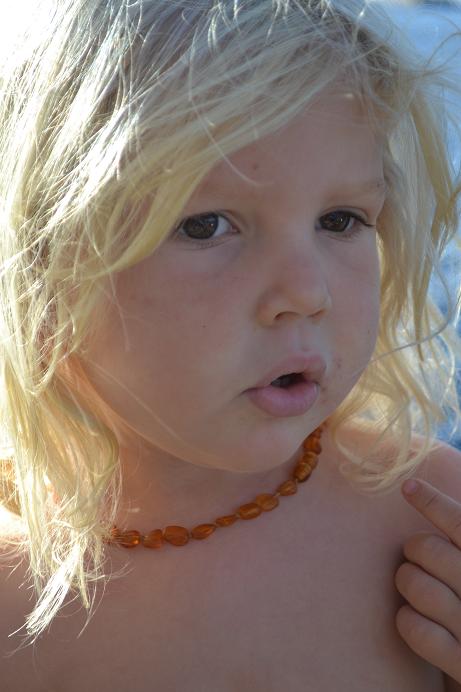
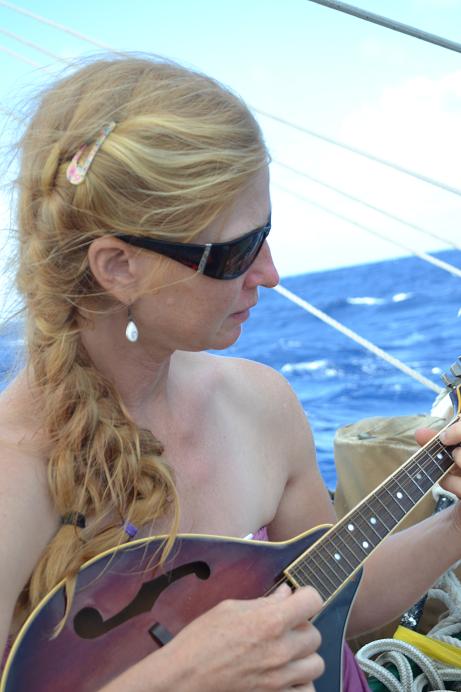

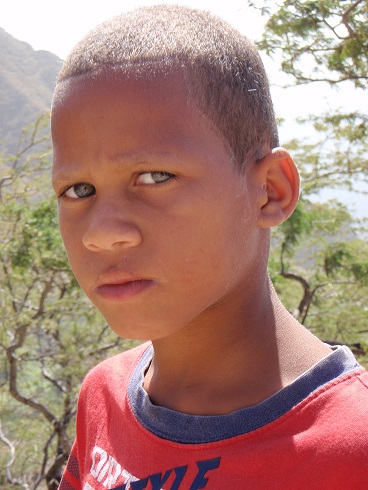
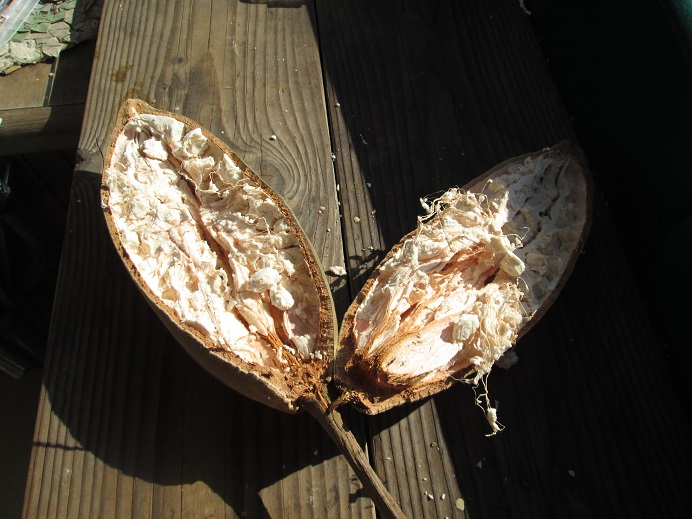


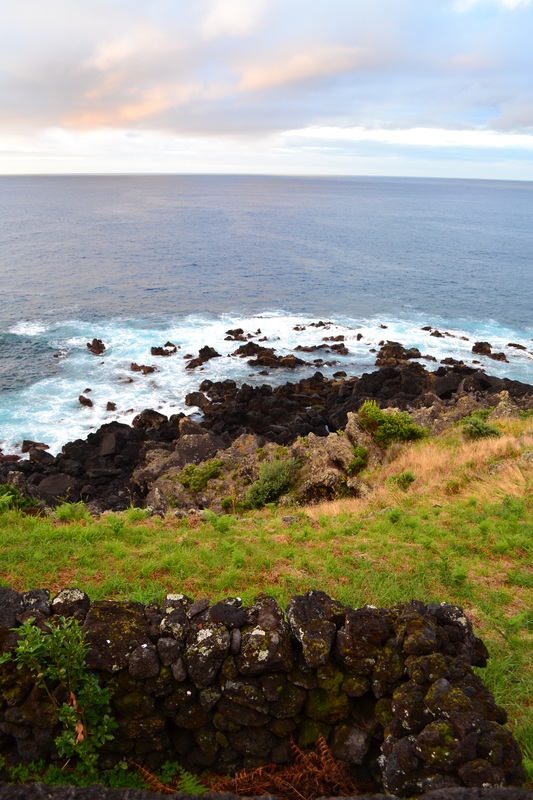
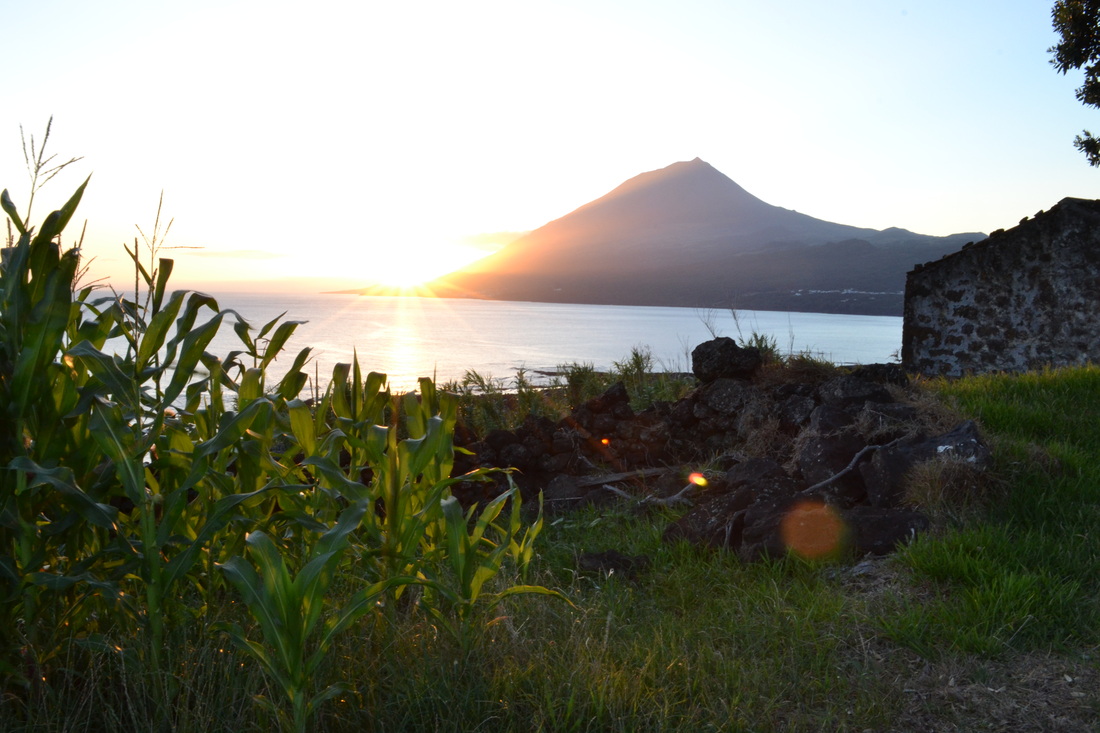
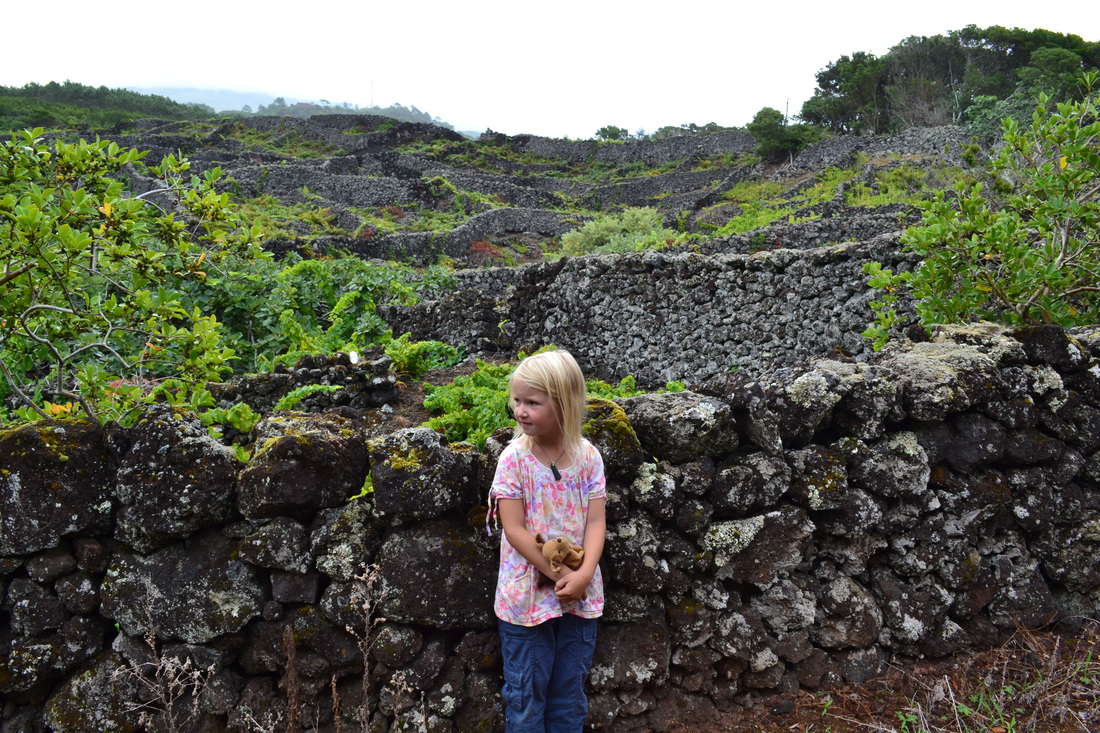
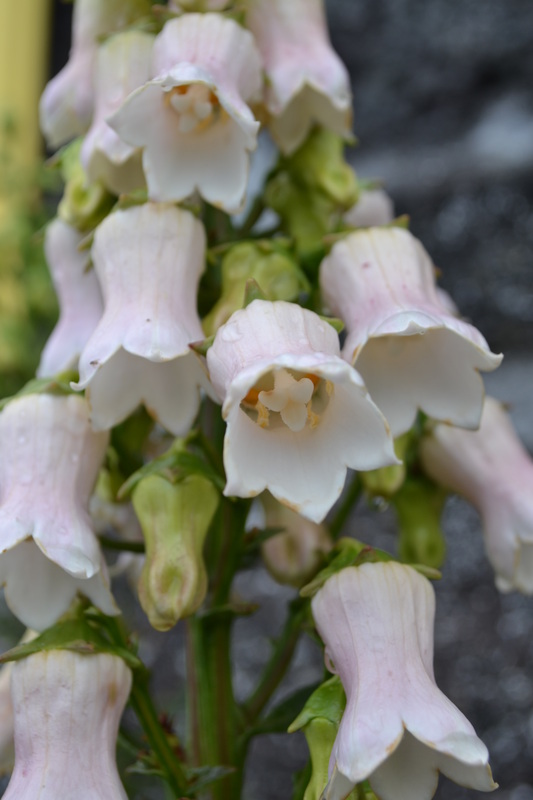
 RSS Feed
RSS Feed
